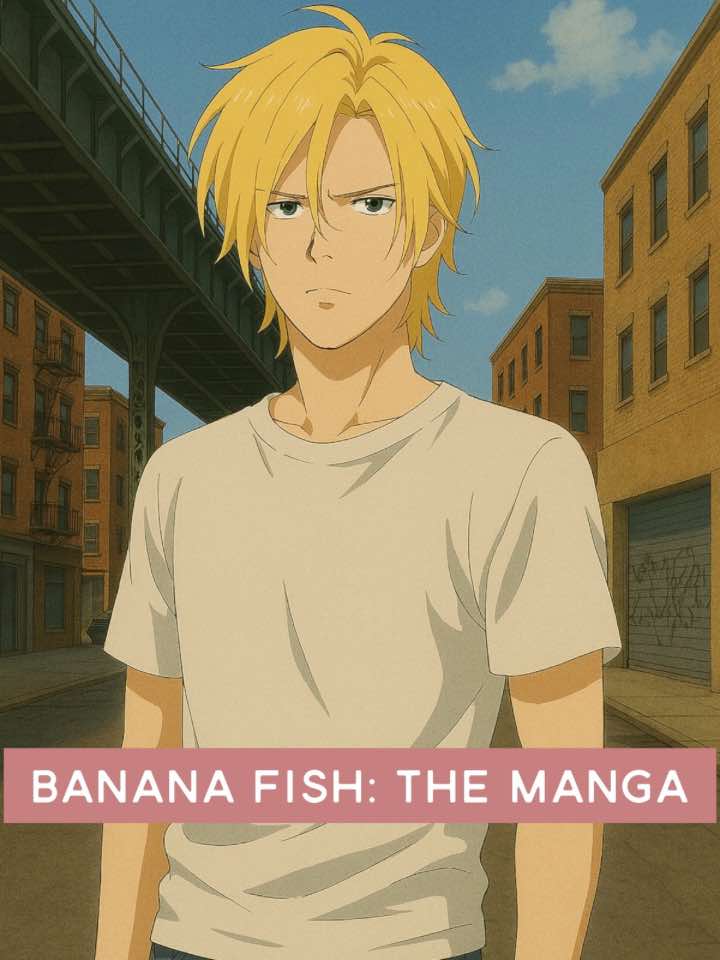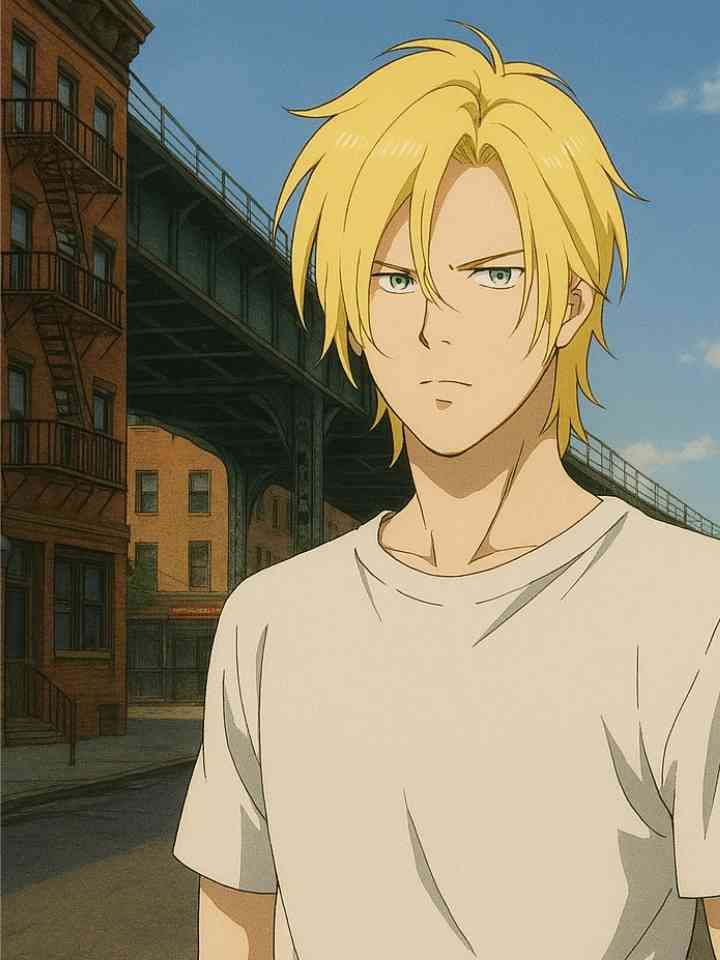Banana Fish manga: bold and raw for its time
One of the most daring themes in Banana Fish is its exploration of sexual abuse and exploitation, particularly involving men and boys. The protagonist, Ash Lynx, is a teenage gang leader who survived years of systematic abuse and manipulation by powerful adults. The manga does not shy away from depicting the long-term psychological scars left by such trauma. In 1985, this kind of honest portrayal of male victimhood was nearly unheard of in manga, especially in a shoujo publication targeted at young women.
In addition, the story addresses the concept of found family and emotional intimacy between men, most notably through the relationship between Ash and Eiji Okumura. Their bond, which defies the need for explicit romantic labeling, was groundbreaking for its time. It portrayed emotional vulnerability and trust between male characters without the usual tropes of masculinity. This kind of soft but powerful connection was rare and transformative, especially in an era when most male protagonists were defined by stoicism and bravado.
The manga also tackled issues like gang violence, and drug trafficking, with boldness. The fictional drug Banana Fish becomes a symbol of control, weaponized by the elite to maintain power. This focus on systemic corruption and the exploitation of marginalized communities added a political edge that was ahead of its time.
Banana Fish is special because it risked everything to tell a story that was raw, compassionate, and politically aware. It bridged the gap between shoujo emotionality and seinen grit, creating a hybrid that still feels revolutionary. Its themes were not just daring for the time—they are still bold even now.



